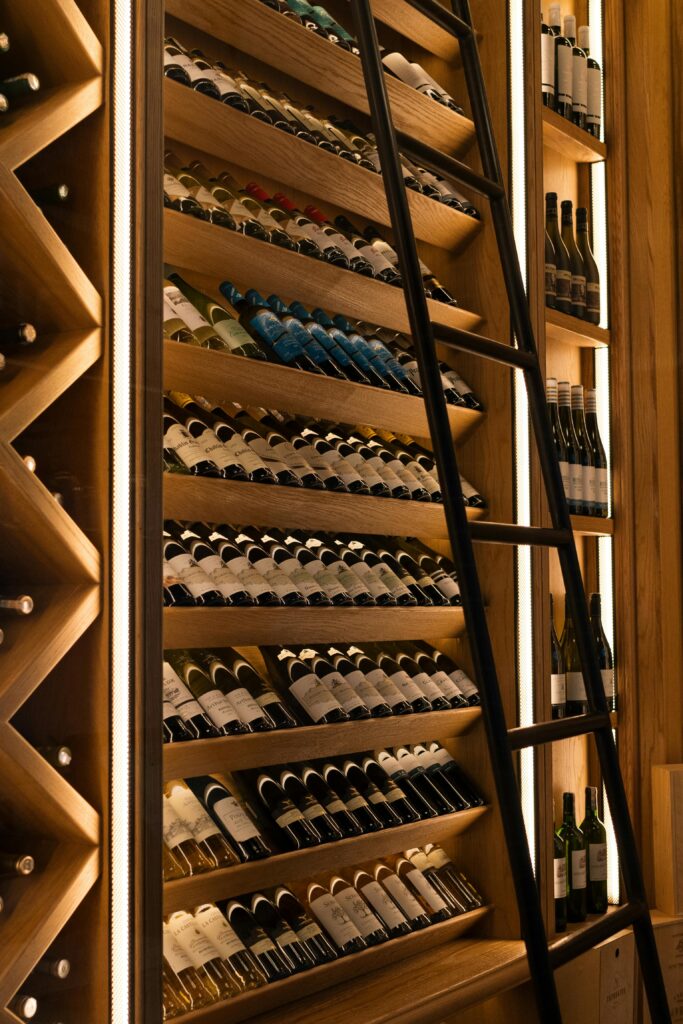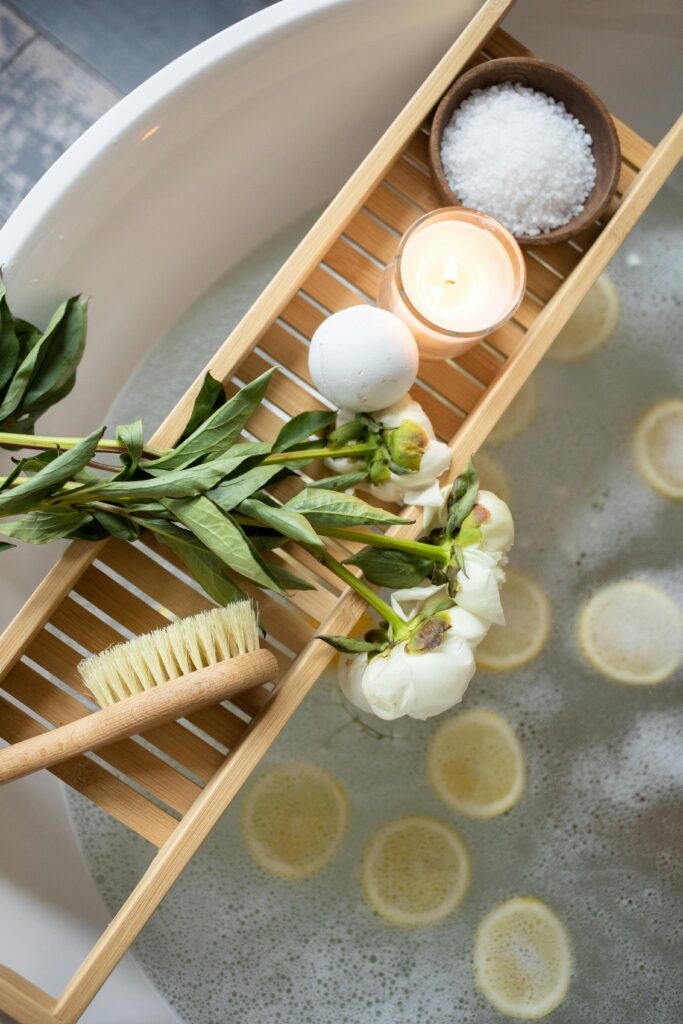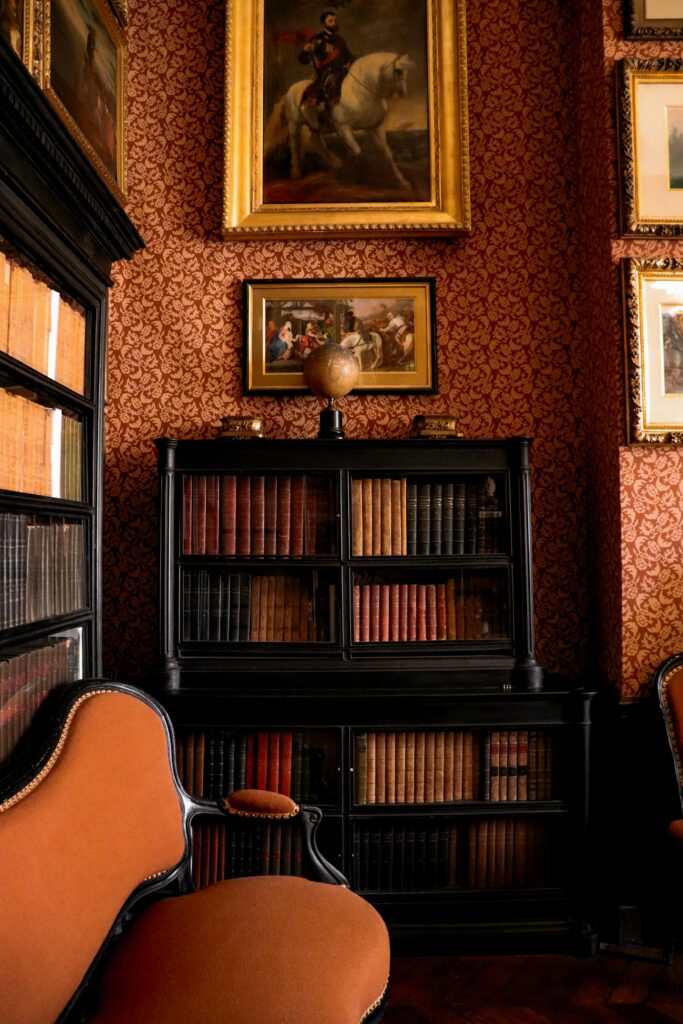Dubai’s Luxury Interior Design: Harmonizing Modernity with Arabesque Heritage
Dubai, a city synonymous with ambition and futuristic vision, often conjures images of shimmering skyscrapers and groundbreaking architecture. But what truly defines the interiors of its most exquisite properties? It is not merely about lavish materials or cutting-edge technology. The real artistry lies in a delicate balance, a sophisticated dialogue between the city’s contemporary pulse and its deeply rooted cultural heritage.
Many homeowners and luxury developers grapple with the challenge of creating spaces that feel distinctly “Dubai”—not just generically opulent. How do you integrate centuries-old Arabesque motifs into a sleek, modern villa? How do you ensure your penthouse speaks of global sophistication while whispering tales of local tradition? This seemingly complex design paradox is precisely where Dubai’s top interior designers excel. They transform potential conflict into compelling harmony, crafting environments that are both undeniably modern and profoundly authentic. We will explore how this unique synthesis is achieved, revealing the secrets behind the city’s distinctive luxury aesthetic and empowering you to envision spaces that truly resonate with Dubai’s dual identity.
The soul of a city: Bridging past and future
Dubai’s design narrative is a testament to its evolution. On one hand, you have the rapid ascent of a global hub, demanding smart, efficient, and visually stunning contemporary spaces. On the other, the enduring influence of Arabesque heritage provides a rich tapestry of patterns, textures, and philosophies. The challenge, and the triumph, for a luxury interior design company in Dubai, is to weave these threads together seamlessly. It is about more than just aesthetics; it is about creating a space that breathes the city’s unique spirit.
Consider the core elements: a modern approach champions clean lines, open-plan living, and smart home integration, as seen in projects focusing on luxury smart home design in Dubai. This contrasts with traditional Arabesque elements like intricate geometric patterns, flowing calligraphy, and natural motifs often found in mashrabiya screens or ornate tiling. Instead of clashing, these elements, when expertly combined, create a dynamic tension that results in truly original and captivating interiors.
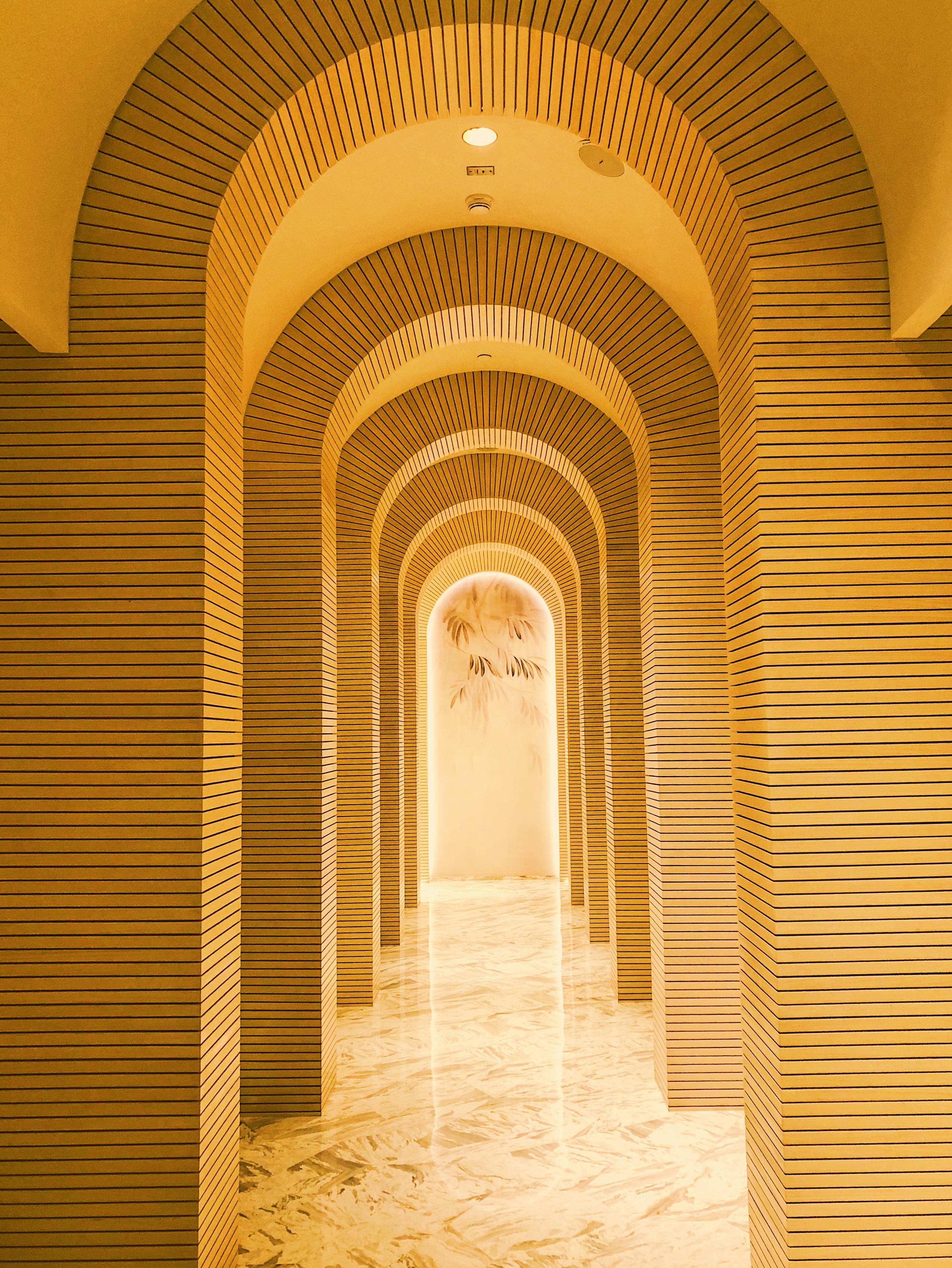
This Photo was taken by Oladapo.
Rooted elegance: The enduring appeal of Arabesque
Arabesque design is far more than just decoration; it is a philosophy born from a rich cultural and spiritual heritage. Think of the intricate geometric patterns found in traditional Islamic art, where repetition and symmetry create a sense of infinite beauty and order. These patterns, often seen in tiling, woodwork, and textiles, bring a profound sense of tradition and depth to any space. Beyond geometry, Arabesque also embraces:
- Calligraphy: The artistic rendering of Arabic script, often used as decorative elements or philosophical statements.
- Natural motifs: Stylized representations of plants, flowers, and foliage, bringing the beauty of nature indoors without depicting living forms directly.
- Light play: The use of screens (mashrabiya) to filter harsh sunlight, creating dynamic shadows and a sense of privacy.
- Rich textures and colors: Velvets, silks, intricate carpets, and the use of deep jewel tones alongside earthy neutrals.
These elements provide a warm, inviting, and historically rich foundation. For instance, a beautifully crafted majlis, a traditional reception area, is often the heart of a home, embodying hospitality and cultural continuity. Exploring options for a Majlis interior design company in Dubai can show you the authentic integration of these traditions.

This Photo was taken by aboodi vesakaran.
The cutting edge: Modern luxury’s defining characteristics
In stark contrast, modern luxury design prioritizes sleekness, functionality, and an understated elegance. It focuses on clean lines, open spaces, and premium materials such as marble, polished concrete, glass, and steel. The emphasis is on:
- Minimalism: A less-is-more approach, valuing uncluttered spaces and functional aesthetics.
- Technological integration: Seamlessly incorporating smart home systems, advanced lighting, and entertainment solutions.
- Open-plan layouts: Maximizing natural light and creating fluid transitions between living areas.
- Neutral palettes with accent colors: Often a base of whites, grays, and creams, punctuated by bold artworks or furniture pieces.
This approach aligns with Dubai’s forward-thinking ethos, providing comfort and convenience. For those considering luxury penthouse interior design Dubai or a luxury villa interior design Dubai, the modern aesthetic often forms the structural backbone of the design.
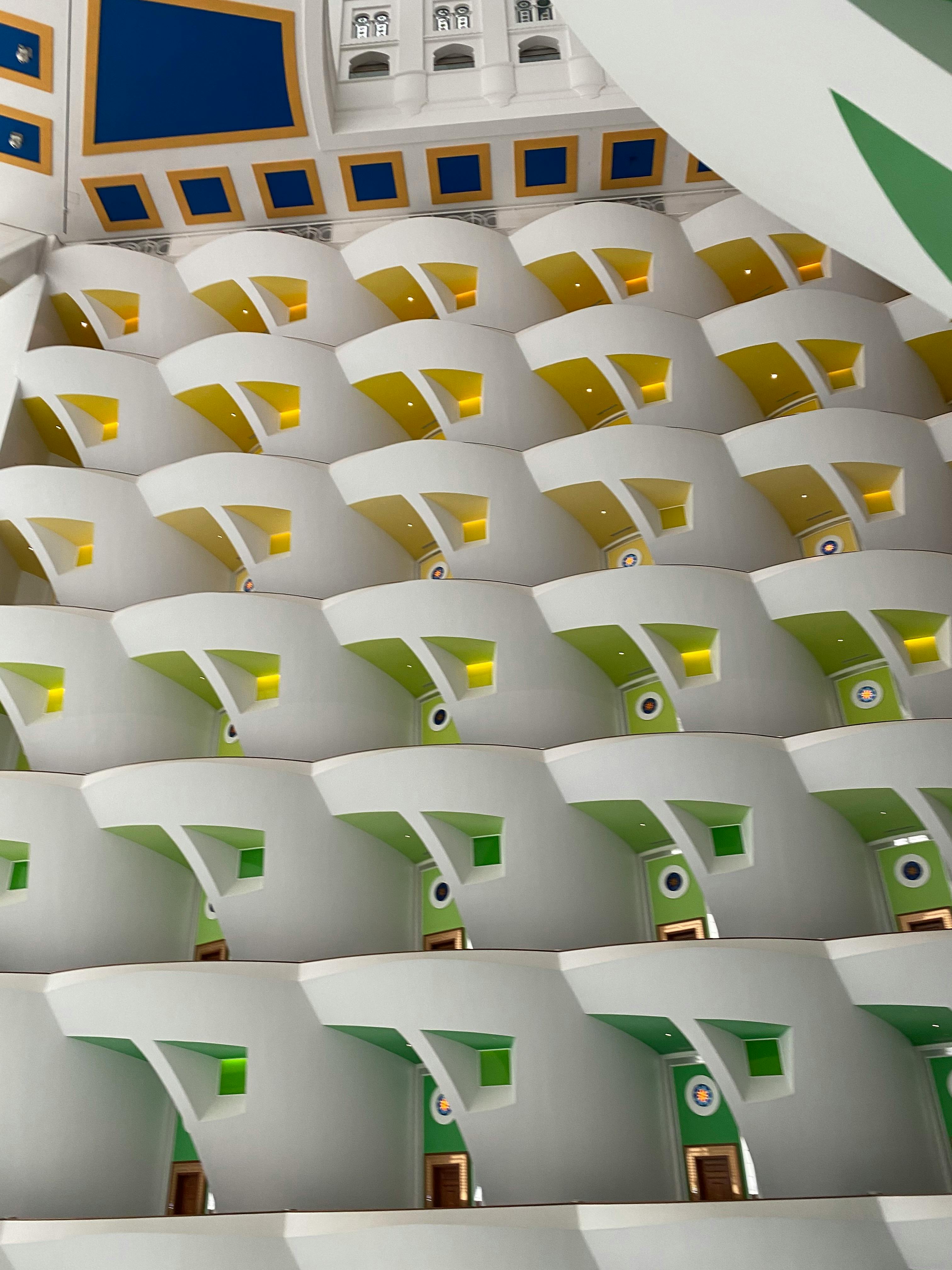
This Photo was taken by Christian Konopatzki.
The alchemy of synthesis: Mastering the blend
The true genius of Dubai’s world-class interior designers lies in their ability to perform this aesthetic alchemy. It is not about simply putting a modern sofa next to a traditional rug; it is about a thoughtful, nuanced integration that elevates both styles. Here is how they achieve this harmony:
Material interplay: Textural dialogue
Designers strategically pair contrasting materials. Imagine polished concrete floors alongside richly carved wooden panels, or a minimalist steel-and-glass staircase leading to an area featuring intricate mosaic work. This creates a tactile richness and visual interest that generic designs lack. The key is in selecting high-quality, authentic materials that speak to both luxury and legacy. For bespoke solutions, a bespoke luxury interior design in Dubai specialist is essential.
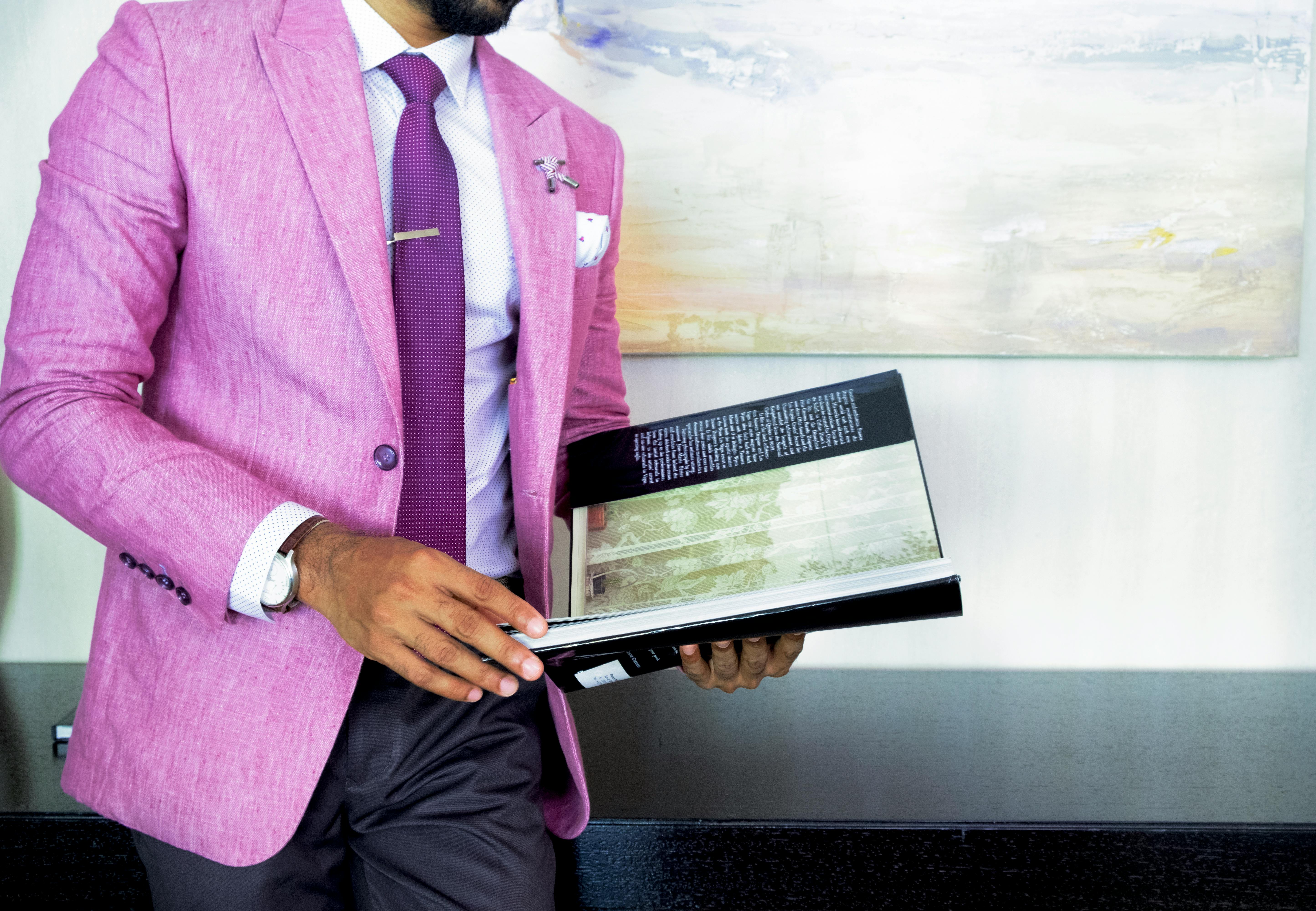
This Photo was taken by The Lazy Artist Gallery.
Pattern and form innovation: Abstracting heritage
Instead of literal replication, designers abstract Arabesque patterns into contemporary forms. This could mean a geometric pattern subtly integrated into a custom-designed carpet, a laser-cut wall panel mirroring traditional motifs, or even the subtle curvature of modern furniture echoing the fluidity of Arabic calligraphy. This approach ensures the space feels current, yet deeply connected to its roots. Data suggests this trend is growing, with a projected 15% increase in demand for culturally integrated designs in Dubai’s luxury residential sector by late 2025 (Source: Dubai Design District Market Report, 2024 projections).
| Design Element | Traditional Application | Modern Harmonization |
|---|---|---|
| Geometric Patterns | Ornate tiling, carved screens (mashrabiya) | Laser-cut metal screens, subtle wall textures, abstract rug designs, digital art projections |
| Calligraphy | Decorative script on walls, pottery | Art installations, bespoke furniture engravings, subtle textile patterns |
| Light Management | Mashrabiya for filtered light and privacy | Smart glass, adjustable louvers, architectural lighting mimicking traditional light play |
| Color Palette | Rich jewel tones, earthy reds/golds | Neutral bases with strategic pops of vibrant, traditional hues in accents or artwork |
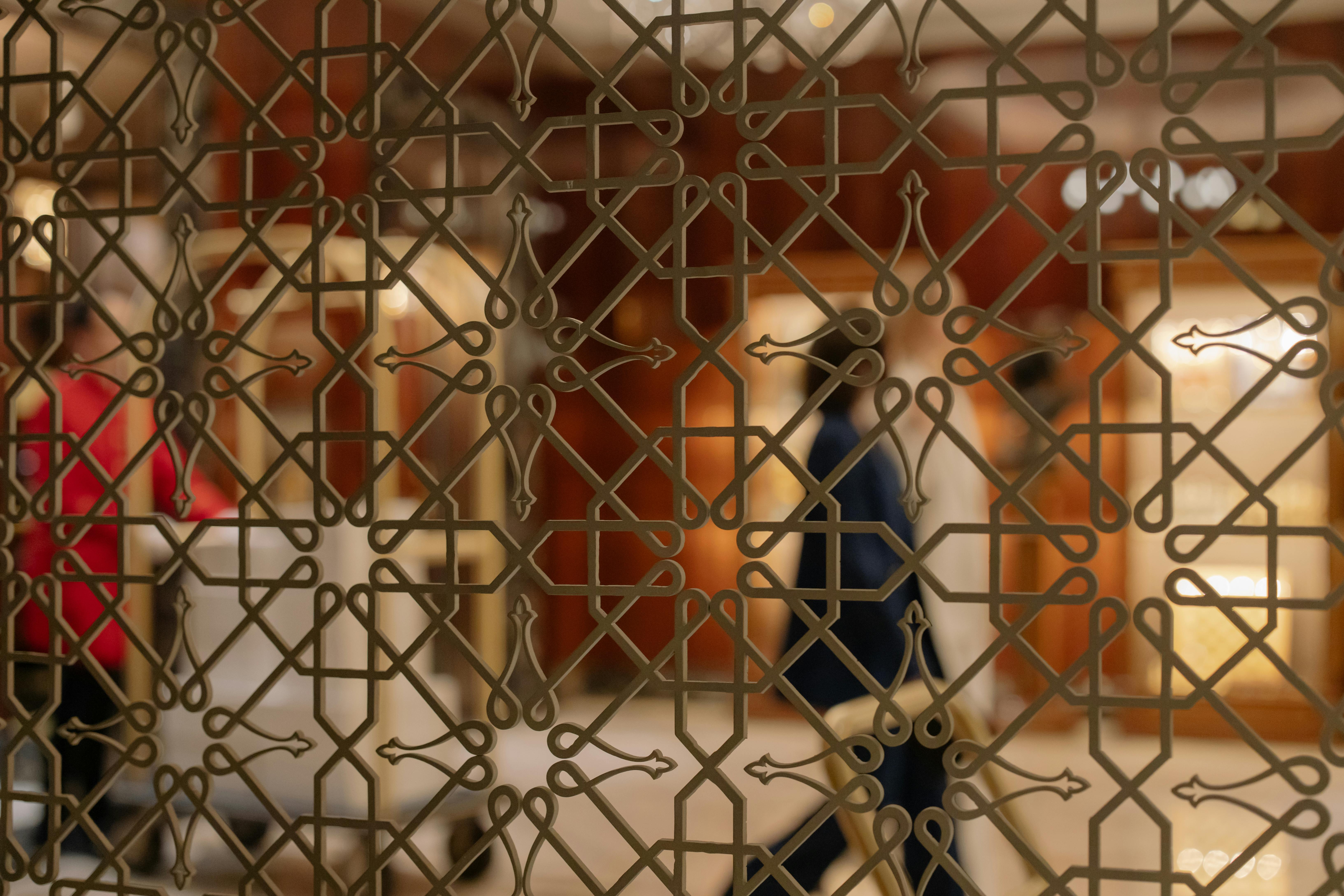
This Photo was taken by cottonbro studio.
Light as a unifier: Sculpting space
Lighting is crucial. Modern design often leverages natural light through large windows, while traditional Arabesque uses it to create intricate shadows via screens. The harmonization combines these. Think floor-to-ceiling windows providing abundant light, complemented by strategically placed, contemporary mashrabiya screens that cast traditional patterns onto modern surfaces. Artificial lighting can also be used to highlight both contemporary art and heritage-inspired architectural details. This blend creates spaces that are both airy and intimate, reflecting Dubai’s dynamic natural light. Many top interior design company Dubai firms excel in this sophisticated light orchestration.

This Photo was taken by Szymon Shields.
Color palette nuances: A thoughtful blend
While modern luxury often leans towards monochromes, integrating Arabesque elements allows for a richer, more evocative palette. This does not mean sacrificing sophistication for overt opulence. Instead, designers might use a modern neutral base (greys, creams, whites) and introduce splashes of traditional colors—deep blues, emerald greens, or rich golds—through textiles, accent furniture, or curated art pieces. This creates warmth and visual interest without overwhelming the contemporary framework. For example, a reputable interior decor company often has access to exclusive fabrics and materials that achieve this delicate balance.

This Photo was taken by Clint Maliq 🌎.
Biophilic design: Nature’s embrace
The incorporation of nature, a core tenet of traditional Islamic gardens and courtyards, finds new expression in Dubai’s luxury interiors. Think contemporary indoor courtyards, vertical gardens, or water features that echo traditional fountains but with a minimalist aesthetic. This not only enhances well-being but also links the interior directly to the natural elements celebrated in Arabesque tradition. This focus on wellness and sustainability aligns with a global trend; the global biophilic design market is projected to reach over $200 billion by 2025, demonstrating the growing desire for natural integration in built environments (Source: Grand View Research, Biophilic Design Market Report). This connects seamlessly with concepts like sustainable luxury interior design Dubai.

This Photo was taken by Timothy Yiadom.
Why this blend matters: The authentic dubai experience
The successful harmonization of modernity and Arabesque heritage is more than just a design trend; it is the very essence of Dubai’s luxury interior identity. It transforms a house into a home with a story, an office into a workspace with soul, and a hotel into a destination with character. It avoids the pitfall of generic, “anywhere” luxury, offering something truly unique and deeply resonant.
For you, the discerning client, understanding this philosophy means you can articulate your vision with greater clarity. You are not just asking for a beautiful space; you are asking for a space that reflects Dubai’s unique duality – its forward momentum and its proud legacy. It ensures that your environment feels authentic, providing both contemporary comfort and a profound connection to the culture and history of the region.

This Photo was taken by artofxx.
Frequently asked questions
What is arabesque design in simple terms?
Arabesque design is a decorative style rooted in Islamic art, characterized by rhythmic linear patterns of scrolling and interlacing foliage, tendrils, and often intricate geometric patterns and calligraphy, avoiding direct representation of figures.
Can modern and arabesque styles truly coexist without clashing?
Absolutely. When executed by skilled designers, the two styles can complement each other beautifully. The key is in subtle integration, thoughtful material selection, and abstracting traditional elements rather than literal replication, ensuring a harmonious balance.
How do interior designers incorporate arabesque patterns without making a space look too traditional?
Designers use various techniques, such as abstracting patterns into modern materials (e.g., laser-cut metal screens), using them sparingly as accents (e.g., a single wall panel, cushions), or integrating them into custom-designed furniture or lighting fixtures.
What kind of projects typically blend these two styles in Dubai?
This design approach is common in high-end residential projects, including luxury villas and penthouses, as well as in boutique hotels, exclusive restaurants, and corporate offices that wish to reflect a sophisticated, localized identity. Many clients seeking an interior design company in UAE prioritize this unique blend.
Is this design approach sustainable?
Yes, it can be. Many designers prioritize locally sourced, natural materials and integrate biophilic elements, which aligns with sustainable design principles. The emphasis on timeless design also contributes to longevity, reducing the need for frequent renovations.
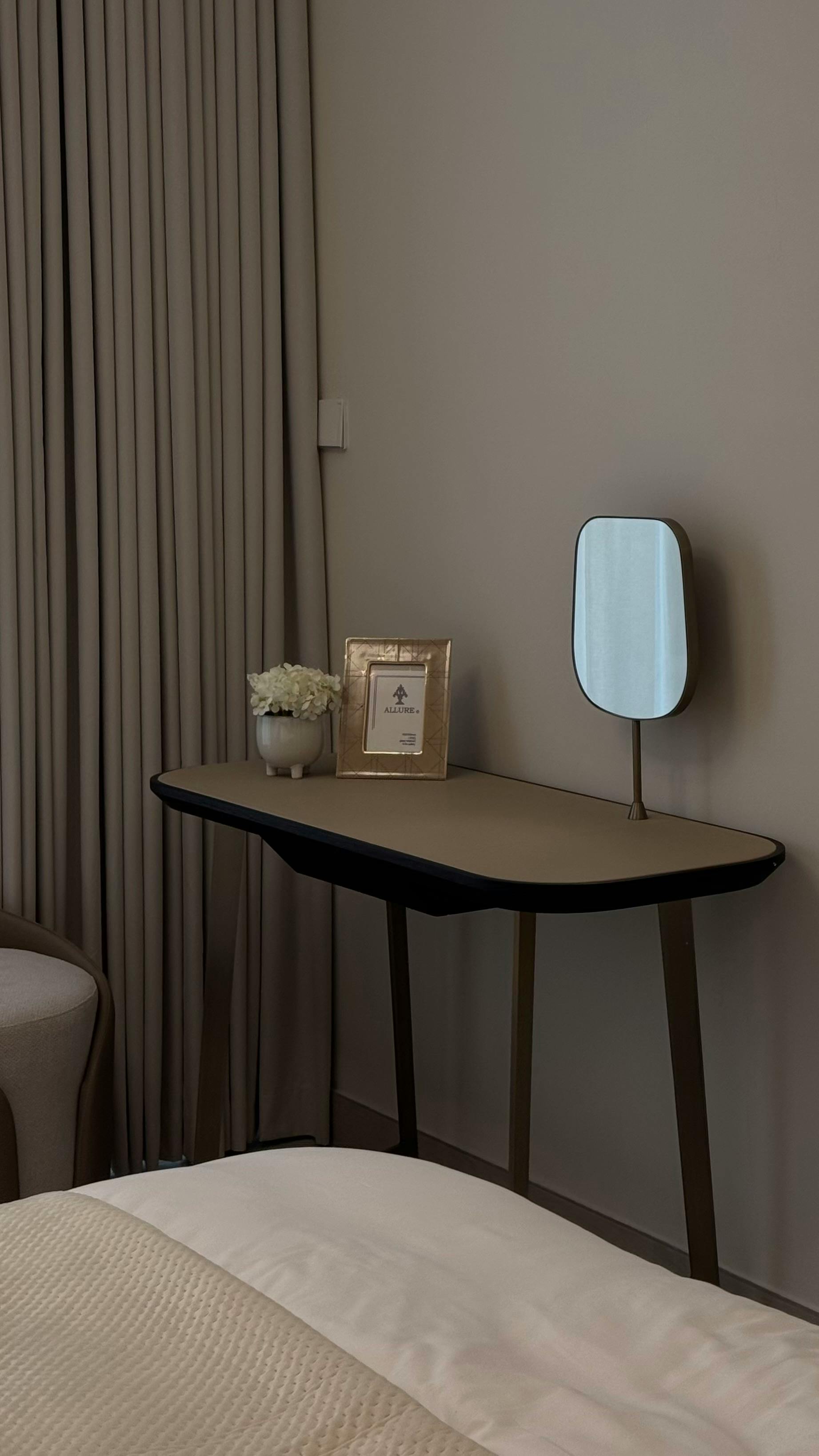
This Photo was taken by artofxx.
Your design legacy: Crafting spaces that speak volumes
The art of harmonizing modernity with Arabesque heritage is more than a design trend in Dubai; it is the very soul of its luxury interiors. It represents a profound understanding of a city that constantly reinvents itself while remaining deeply proud of its roots. By integrating clean, contemporary lines with the rich storytelling of traditional patterns, textures, and cultural motifs, designers create spaces that are not just visually stunning but also deeply resonant and authentic. This intricate balance is what truly sets Dubai’s luxury design apart on the global stage, offering an experience that transcends mere opulence.
As you embark on your own design journey, remember that the most captivating spaces are those that tell a story. In Dubai, that story is one of innovation intertwined with enduring legacy. Seek out an international interior design company or a reputable interior design company in Dubai that understands this nuanced approach. Empower your vision by choosing designers who can skillfully navigate the beautiful complexity of tradition and modernity, crafting environments that are not only luxurious but also profoundly connected to the vibrant spirit of Dubai. Your space can be a testament to global sophistication, woven seamlessly with the timeless elegance of Arabesque heritage.
